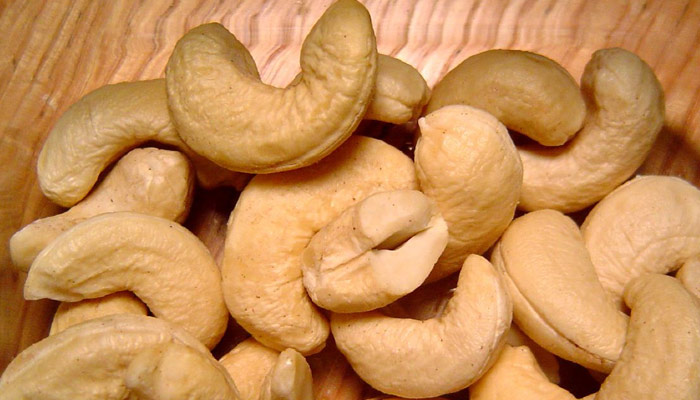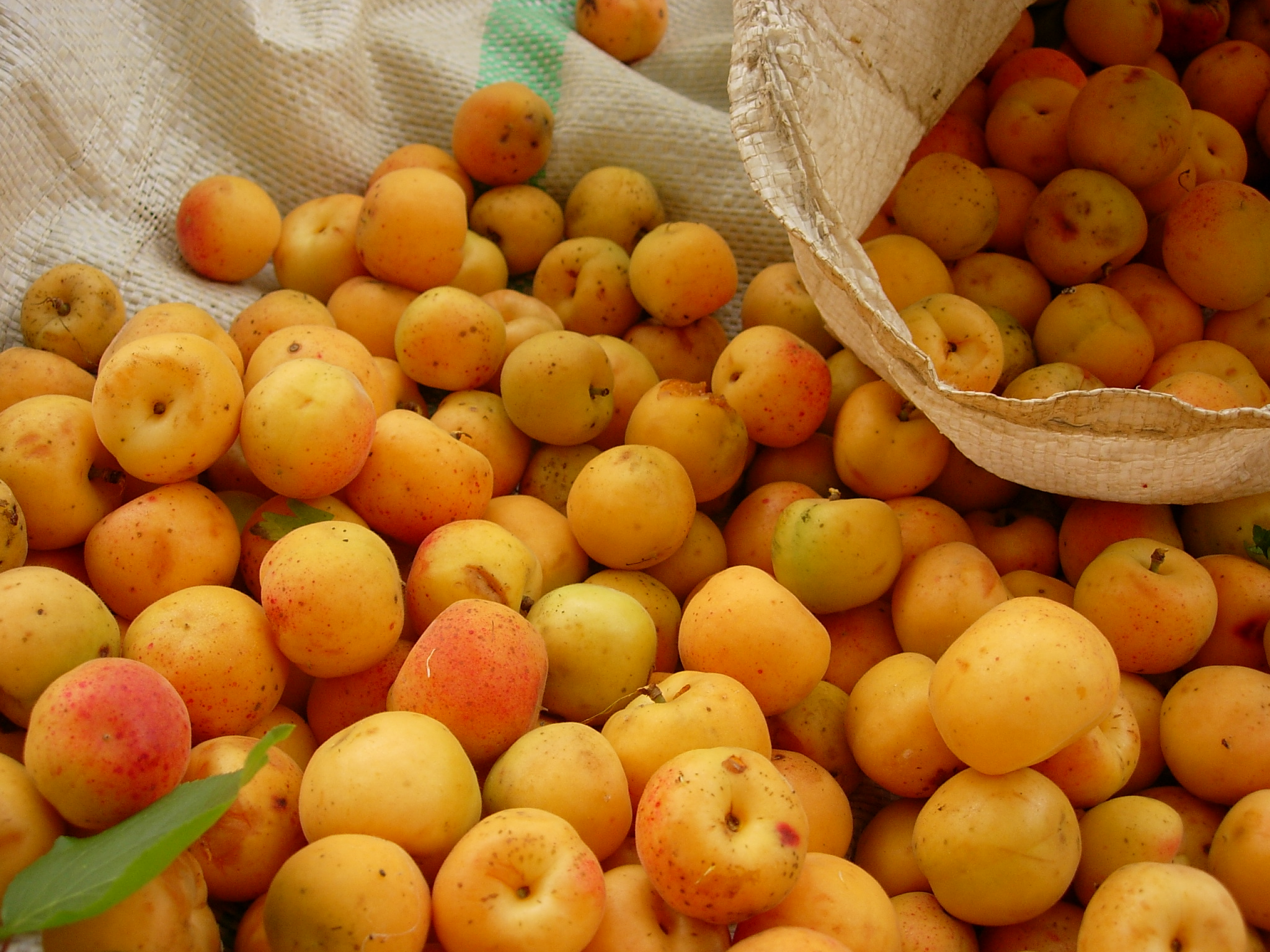
by admin | Jun 24, 2014 | Healing Food Facts
One of the most beloved nuts is by far the cashew. This kidney-shaped nut is a relative of the mango and pistachio as a member of the anacardiaceae family. Cashews are actually seeds attached to the bottom of a cashew apple. Encased in a toxic shell, cashews are...

by admin | May 20, 2014 | Healing Food Facts
One of the heartiest of the grains, rye is more nutritious than its cousin, wheat. Rye was originally a wild grass found in Central Asia. Traditionally considered food for the poor, rye’s popularity fell as living standards increased in the times of ancient Greece and...

by admin | May 13, 2014 | Healing Food Facts
Although garlic is extremely popular, few know that it is actually a member of the lily family. Garlic is a native to Central Asia, and as one of the oldest cultivated plants, its usage predates written history. Sanskrit records document the medical use of garlic as...

by admin | May 6, 2014 | Healing Food Facts
A member of the plum and cherry family, apricots are classified as a drupe, or a fleshy, one-seeded fruit enclosed as a pit. Apricots are thought to have originated in China, with records showing them being consumed there for thousands of years. Alexander the Great is...

by admin | May 1, 2014 | Healing Food Facts
Limes are a popular citrus fruit that can be either sour or sweet, depending on the variety. Originating in South-east Asia, limes were carried by Arab traders into Egypt and North Africa in the tenth century. From there, the Moors later took them to Spain during the...

by admin | Apr 24, 2014 | Healing Food Facts
Scallops are a type of mollusk that has a wavy, scalloped, shell. When consumed, you are actually eating the ‘nut’, or the muscle used to open and close the shell. There are several hundred different species of scallops, however the most widely consumed in the United...









